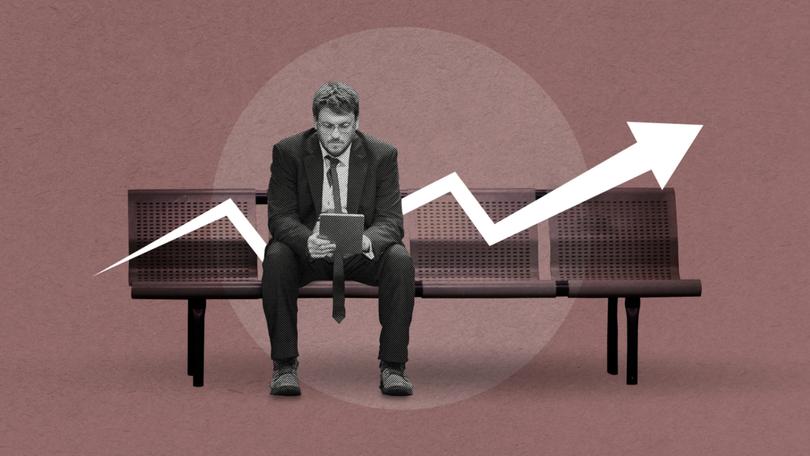EDITORIAL: No relief from pervasive cost-of-living crisis

Another day, another set of figures that point to an economy on the edge.
This time, it’s employment gains, with figures from the Australian Bureau of Statistics showing 50,200 people found work last month, well up on forecasts of about 20,000.
While more Australians in work might sound like a good thing on the face of it, it’s an awkward fact of life that for the economy to function smoothly, some people who want employment need to be out of it.
Sign up to The Nightly's newsletters.
Get the first look at the digital newspaper, curated daily stories and breaking headlines delivered to your inbox.
By continuing you agree to our Terms and Privacy Policy.If everyone who wanted a job had one, employers would have to pay people more, which would then push up the price of everything.
The jobless rate hit 4.1 per cent in June, still below what economists think is sustainable in the long term.
It’s another indication that the June quarter consumer price index, which will be revealed on July 31, will show inflation is continuing to creep back up.
Investors now believe there’s a one-in-three chance that the Reserve Bank board will bump interest rates up for a 14th time when it meets next month. That would push the cash rate up from 4.35 per cent to 4.6 per cent.
That would be terrible news for the millions of mortgage holders across the country who are already struggling to meet their repayment obligations. The number of mortgages in arrears has returned to pre-pandemic levels, with highly leveraged households the worst affected.
But as RBA governor Michele Bullock keeps telling us, while interest rate hikes are certainly painful for many, it’s nothing compared to the destruction that rampant and entrenched inflation would wreak on all sectors of the economy.
Ms Bullock and the RBA are doing what they can to fulfil their dual and duelling mandates to return inflation back to the target range of between 2 and 3 per cent while also maintaining full employment.
Unfortunately, hiking interest rates is the only lever available to her, and doing so would push more and more Australians over the edge financially. Meanwhile, politicians continue to execute their inflationary election budgets, making the RBA’s job ever more difficult.
And so, the problem continues to rumble along, with no real solution in sight.
Two years in, the “cost-of-living” crisis has become so all-pervasive that it is almost meaningless.
Each time a grim new set of figures is released by the RBA or the ABS, showing households struggling or costs going up, the same old script is followed.
There are some sympathetic noises from Canberra and a little bit of chatter about just how hard it is out there in the suburbs.
And then the focus turns.
What does this mean for Anthony Albanese’s re-election chances?
What does it say about Treasurer Jim Chalmers’ Budget measures?
All the while, the screws continue to tighten on household finances.
What is it going to take for our politicians to finally hear those screams of pain from the suburbs?
When will we finally see a way out of this pain?
